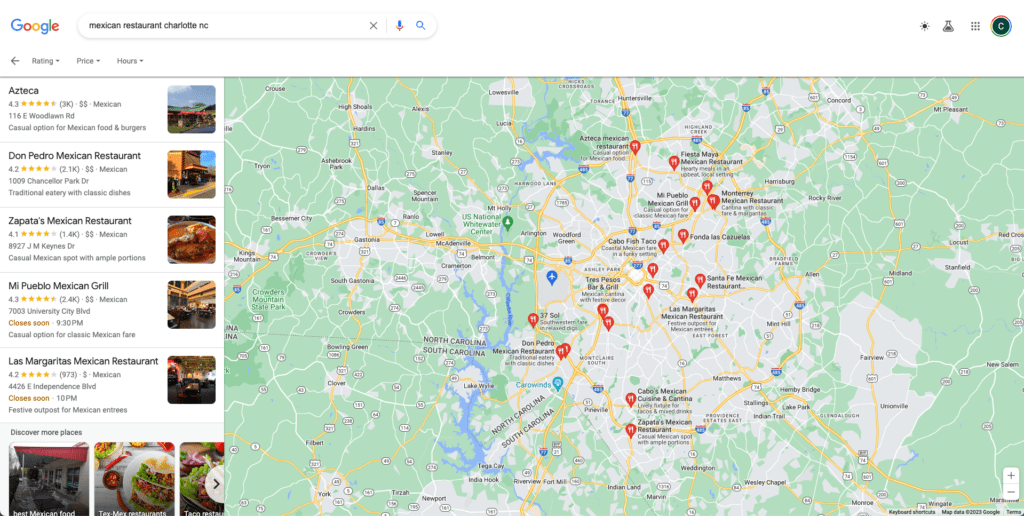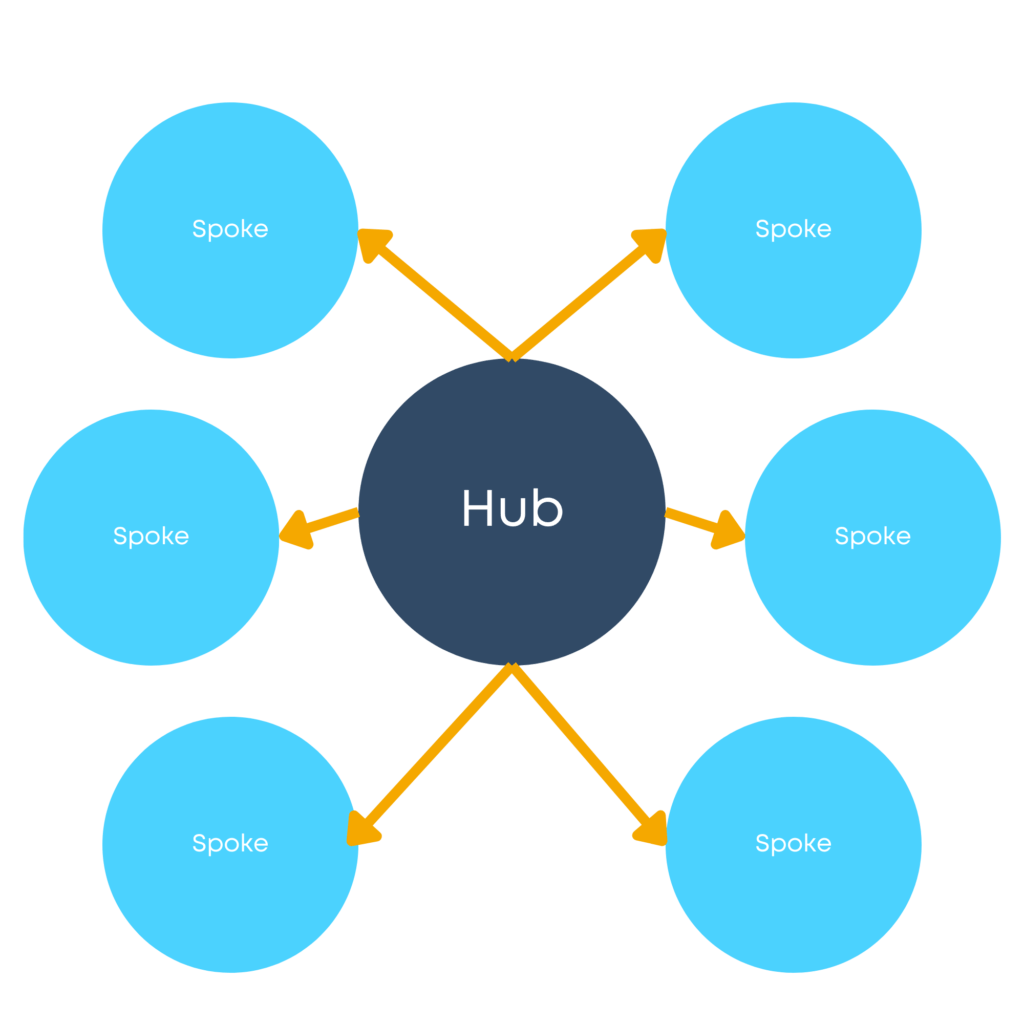Estimated Reading Time: 12 Minutes
SEO, depending on the strategy used, will take between 6 and 15 months on average to break even on your investment. Reaching the campaign’s full ROI potential may take several years, however, ROI will exponentially increase from the break-even point. We analyze the various factors influencing how long SEO takes for small businesses below. Included in this article:
- Time to break even for SEO for small businesses
- Cash/time investment required to properly execute an SEO campaign
- 36-month timeline ROI expectations
Time to Break Even for SEO for Small Businesses
The time to break even is dependent on several factors:
- Type of SEO: Some SEO strategies yield results sooner than other types of SEO.
- Depth of Campaign: SEO campaigns requiring a greater investment could produce a greater long-term ROI, but also take longer to break even due to the resource-heavy nature of the campaign.
- Industry of Small Business: The type of small business changes variables such as the number of searchers for the service and competition among websites attempting to rank for that service.
- Location: Depending on the number of competitors attempting to rank locally in your service area, SEO could yield results within a couple of months or take up to a year.
In the figure below, we break down 4 different types of SEO and the average time to break even for small businesses along with their potential ROI (3-year average).
SEO Strategy Time to Break Even Average ROI Potential Expected Monthly Cost Recommended Provider
Technical 6 months 117% <$1.5k MarketingEye
Content Marketing 15 months 160% $1.5k-$2.5k Funnel Boost Media
Thought Leadership 7 months 687% $3k-$7k Focus Digital
Website Overhaul 9 months 748% >$10k First Page Sage
Defining Types of SEO
Technical
Technical SEO primarily involves building a better user experience on the website and ensuring metadata is complete to allow Google to properly index the website. Technical SEO is a prerequisite for any SEO campaign and would be included in any of the following three types of SEO. Below, we’ve included a common technical SEO checklist:
- Website Speed: Compressing images and optimizing Javascript speeds up the website, leading to a lower bounce rate.
- Mobile-Friendly Design: A majority of web browsers will visit your site from their mobile device, so it is important to build a mobile version of each website page.
- Secure Connection (HTTPS): Many browsers block websites that do not have an SSL certificate, decreasing traffic to your site.
- Crawlability: Updating the robots.txt file allows browsers such as Google to properly crawl and index the website.
- Structured Data: Building schema markups allows search engines to ascertain the content and context of web pages, which helps with indexing pages in search results.
- Error Handling: Ensure all pages and links are working correctly and there are no 404 errors anywhere on the site.
- URL Structure: The URL should match the title of the page, such that reading the URL tells you exactly what to expect on the page.
- Canonical Tags: Canonical tags prevent problems caused by duplicate content by specifying a preferred version of a website page.
- Website Architecture and Navigation: The website should be easy to navigate with a master dropdown menu in addition to footer navigation.
Technical SEO begins to work quickly, but results are based on the current competition in the marketplace. It alone will not allow you to rank above your competitors if they are also performing basic technical SEO. Technical SEO is merely a prerequisite for ranking highly on Google.
Technical SEO also involves updating your Google My Business profile to ensure your business is recommended locally for your type of business.

Content Marketing
Content marketing involves ~500-word blog articles manufactured in scale about a variety of topics, not necessarily directly relating to people in the market for your products. For example, we’ve seen doctor’s offices posting lists of their favorite restaurants in the area to help boost their local SEO.
This type of SEO dates back to the late 2000s and has since been replaced by thought leadership SEO. The premise of content marketing was that if a website had enough content, Google would funnel traffic to the site, regardless of the relevance of the content to the broader mission of the company. Companies relied on a small segment of this traffic to be interested in their services in order to generate leads.
We have found this type of SEO, while affordable in terms of cost to get started, to be a waste of resources in that it does not meaningfully contribute to the bottom line of the business in today’s day and age like it used to.
Thought Leadership
The premise of thought leadership SEO is that any company, regardless of industry or size, has between 50 and 200 high-intent keywords that, if ranked at the top of Google, would deliver a virtually unlimited amount of leads and sales to the business.
Currently, Google delivers traffic to a website based on niche expertise. Google makes money by providing the most relevant search results possible for its users, so Google rewards businesses that consistently deliver high-quality content for a specific niche. In order to display industry expertise, we follow a hub and spoke strategy.

The hub and spoke strategy involves choosing a base, or hub, keyword, and then including that keyword in a variety of alternative keywords. Once we have done this 10+ times, Google boosts all of the pages together because of our industry expertise. For example, let’s look at a hub and spoke for a local accounting firm focusing on corporate tax planning.

As you can see, we may create pages to rank in a local market, explain the benefits to a potential customer, provide our recommended strategies, or provide a list of the top firms in the area for corporate tax planning. Once Google registers all of this content, they understand that we are a niche expert, or thought leader, for the corporate tax planning niche.
To execute the strategy, hub and spokes are created for all of the business’ services. We have found this type of SEO to be the highest ROI form of SEO.
Website Overhaul
One step past thought leadership SEO is a complete website overhaul. This involves the production of a new website or a major overhaul of your current website. These services are typically very expensive but are worth it for businesses doing more than $10 million in revenue.
The reason for this is the ROI potential is not a huge jump in terms of the % return, meaning that if a company is not doing sufficient volume, the increase in revenue would not mitigate the increase in the cost of service.
How Industry and Location of Small Business Effect Forcasted Results
At the end of the day, no marketing can outpace demand for a service. Demand can only be channeled onto a particular product or service. If you are in a relatively low-demand industry, SEO will not increase the size of the market, it will only increase your market share. On the other hand, if you are in an industry with lots of competitors competing for valuable reach on Google, only expect to compete with a proper thought leadership SEO strategy to displace your competitors’ site rankings with your own.
Location also plays a factor in how many small businesses are competing for search rankings. Once again, if you have 20 competitors in a 30-mile radius, you can expect it to take a bit longer to grow your page rankings. It is only through focused, consistent thought leadership SEO publications that you can disrupt the local market.
In summary, the more competition, the longer it will take to rank/break even, but the higher your ROI will be long-term because of the larger market to grow in. If the competition is lower, expect to rank quickly but for ROI to be capped long-term.
Cash/Time Investment Required to Properly Execute an SEO Campaign
In the table below, we break down the resources necessary to execute each SEO strategy. The first data column breaks down the cost of hiring an agency versus allowing a staff member to learn and execute the strategy. As a note, allowing an untrained staff member to execute the SEO campaign versus a professional agency will result in a loss of ROI.
SEO Strategy Average Agency ROI Potential Expected Monthly Agency Cost Employees Needed In House ROI Loss
Technical 117% <$1.5k 1 -24%
Content Marketing 160% $1.5k-$2.5k 1 -77%
Thought Leadership 687% $3k-$7k 2 -212%
Website Overhaul 748% >$10k 3-5 -317%
As you can see, due to the learning curve of in-house employees and the extra expenditures to employ SEO specialists in-house, there is a significant loss of ROI.
36-Month Timeline ROI Expectations
In the chart and table below, we break down the 36-month ROI expectations for each type of SEO.
SEO Strategy Month 1 Month 3 Month 6 Month 9 Month 12 Month 18 Month 24 Month 30 Month 36
Technical -100.00% -60.00% 0% 12.40% 31.10% 68.50% 105.80% 143.10% 180.50%
Content Marketing -100.00% -85.70% -64.30% -42.90% -21.40% 37.20% 148.80% 260.40% 372.00%
Thought Leadership -100.00% -66.70% -16.70% 37.10% 148.30% 370.70% 593.10% 815.50% 1037.90%
Website Overhaul -100.00% -75.00% -37.50% 0.00% 92.90% 371.40% 650.00% 928.60% 1207.20%
Three key takeaways:
- For a tightly constrained budget: Technical SEO is better than nothing, but ROI over time is low.
- For most small businesses: Skip content marketing, go straight to thought leadership or don’t do SEO at all.
- For larger small businesses: A full website overhaul will yield the highest ROI % over time.
If you have any questions, please don’t hesitate to reach out on our Contact Us page.